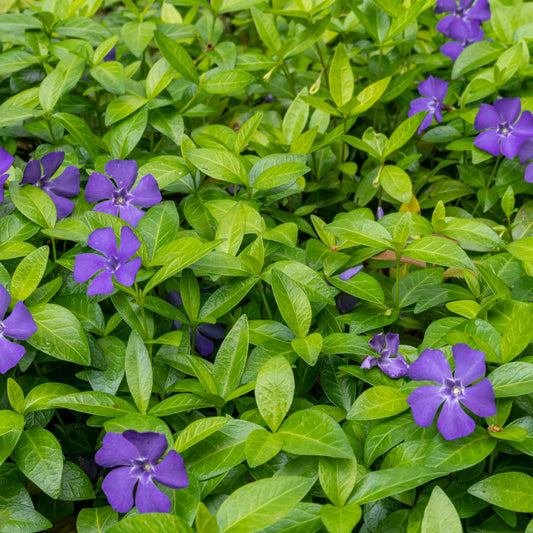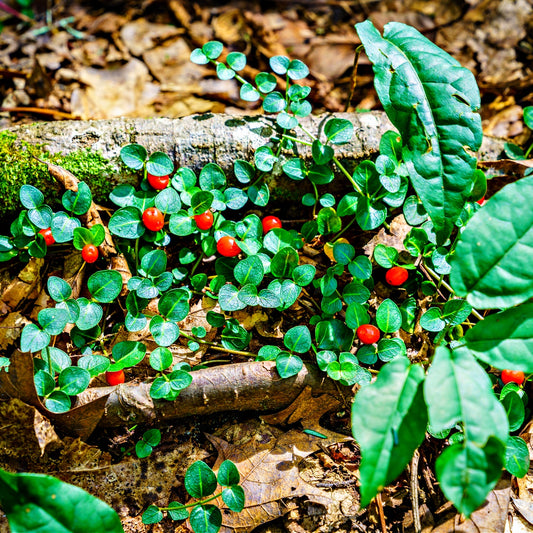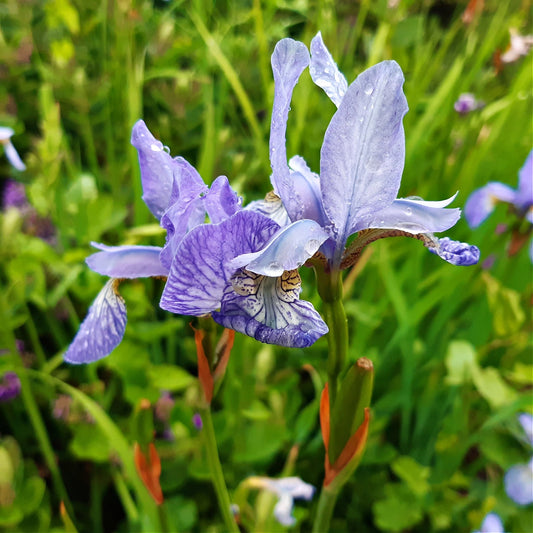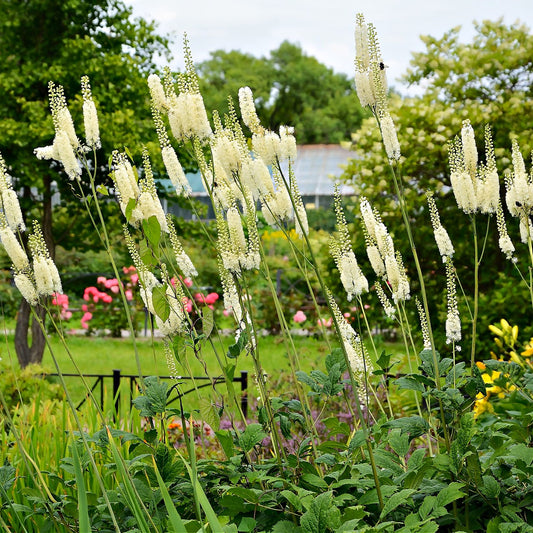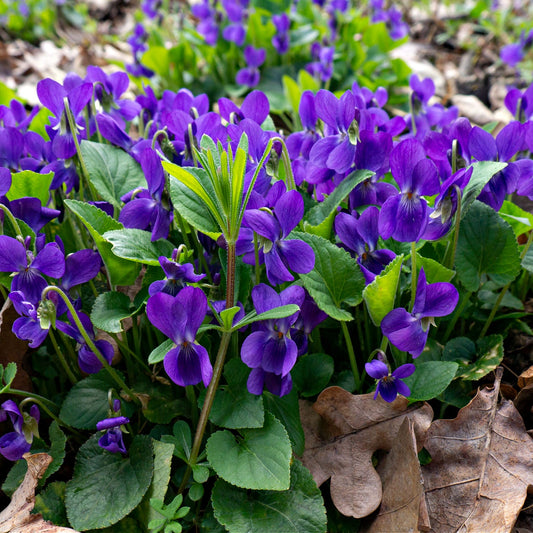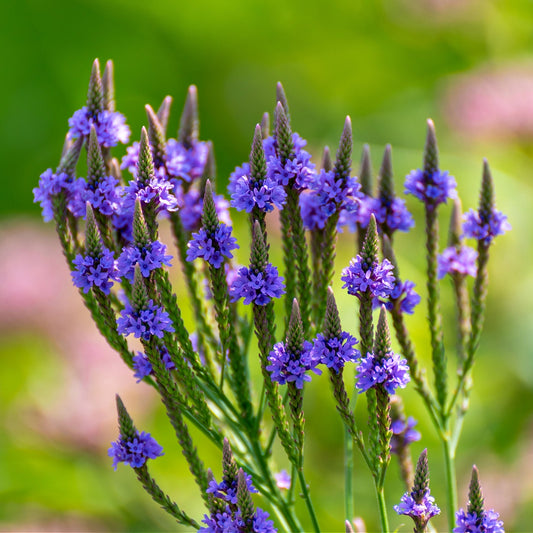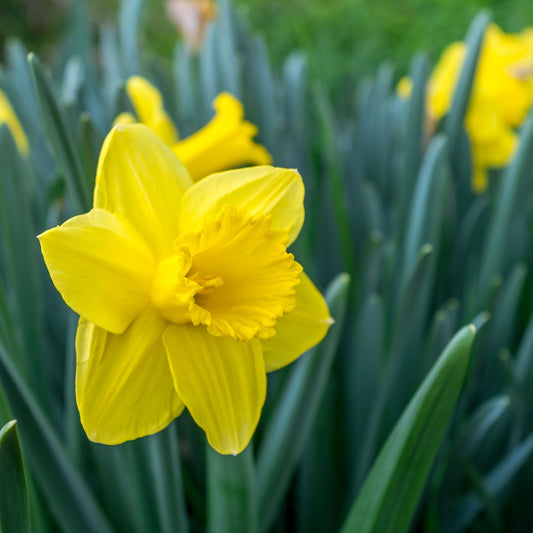Collection: Perennials
-
Vinca Minor Plants
Choose OptionsRegular price $0.87 USDRegular priceUnit price / per -
Milkweed Plants (Asclepias Tuberosa)
Choose OptionsRegular price $1.49 USDRegular priceUnit price / per -
Dutchman's Breeches Plant
Choose OptionsRegular price $0.92 USDRegular priceUnit price / per -
Partridgeberry Plants
Choose OptionsRegular price $0.92 USDRegular priceUnit price / per -
Running Cedar Plants
Choose OptionsRegular price $0.87 USDRegular priceUnit price / per -
Bearded Iris Plants
Choose OptionsRegular price $0.87 USDRegular priceUnit price / per -
Black Cohosh Plants
Choose OptionsRegular price $0.87 USDRegular priceUnit price / per -
Periwinkle Plants
Choose OptionsRegular price $0.89 USDRegular priceUnit price / per -
Orange Daylily Plants
Choose OptionsRegular price $0.87 USDRegular priceUnit price / per -
Ajuga Plants
Choose OptionsRegular price $0.87 USDRegular priceUnit price / per -
Trumpet Creeper (Hummingbird Vine) Plants
Choose OptionsRegular price $1.29 USDRegular priceUnit price / per -
Bugleweed Plants
Choose OptionsRegular price $0.87 USDRegular priceUnit price / per -
Purple Violet Plants
Choose OptionsRegular price $0.94 USDRegular priceUnit price / per -
Blue Vervain Plants
Choose OptionsRegular price $0.95 USDRegular priceUnit price / per -
Daffodil Plants
Choose OptionsRegular price $0.87 USDRegular priceUnit price / per -
Narcissus Daffodil Plants
Choose OptionsRegular price $0.87 USDRegular priceUnit price / per -
Dandelion Plants
Choose OptionsRegular price $0.87 USDRegular priceUnit price / per -
Pennsylvania Smartweed Plants
Choose OptionsRegular price $0.87 USDRegular priceUnit price / per -
Hairy Buttercup Plants
Choose OptionsRegular price $0.87 USDRegular priceUnit price / per

